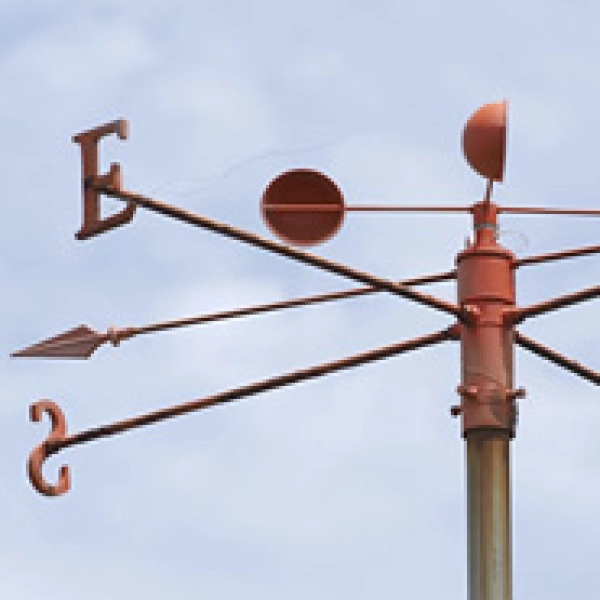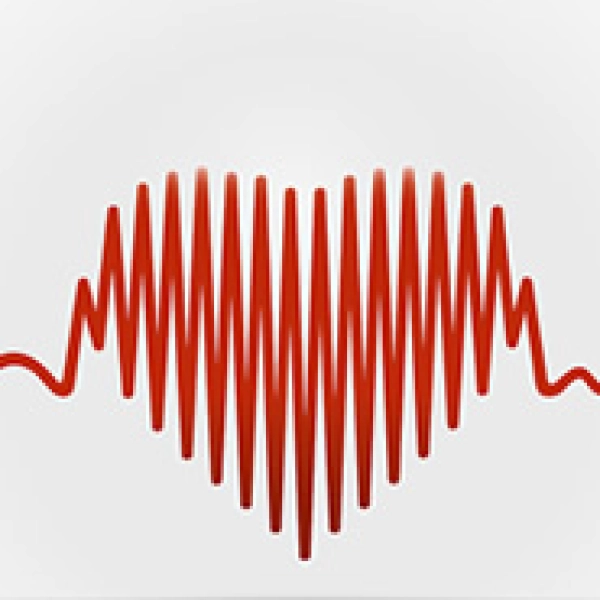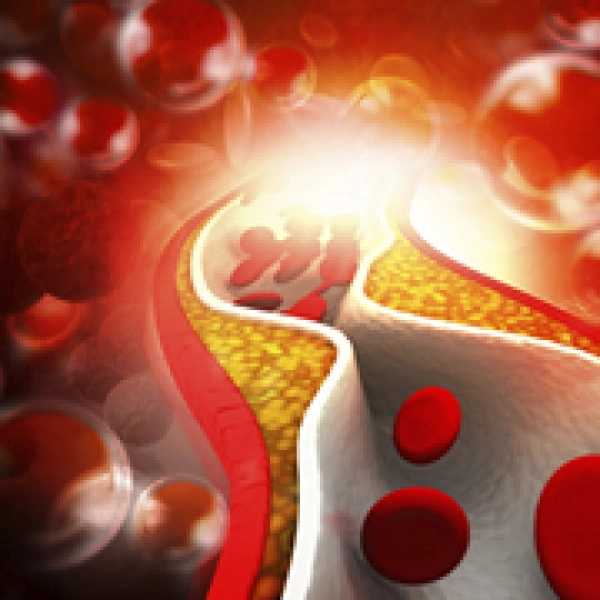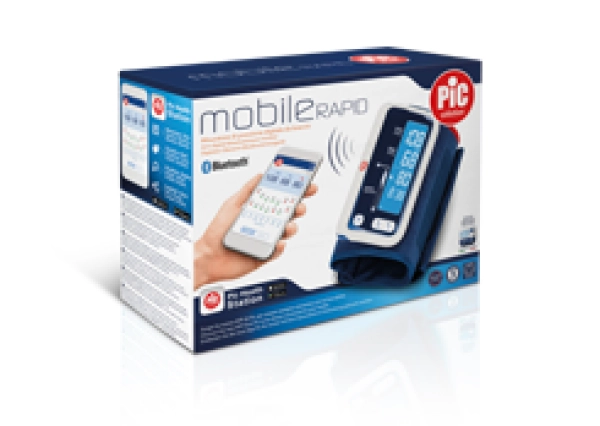

Blood pressure rising at high altitudes is one of the symptoms of so-called altitude sickness, which is an organic illness due to the lower oxygen levels our body feels as we go up a mountain. Altitude sickness can also occur at sea level - for example in people who suffer from sleep apnoea and are temporarily in a state of hypoxia, i.e. lacking proper oxygen supply for breathing - and facilitates the onset of hypertension. For their study, researchers joined 47 volunteers in their expedition to reach Mount Everest's South Base Camp, located at an altitude of 5,400 metres. Before reaching their final destination, the group went from Milan (altitude 120 metres) to Kathmandu, Nepal (1,355 metres) and stopped for 3 days. Then they headed to Namche Bazaar (3,400 metres) and stopped for another 3 days, before spending the next 5 climbing to Mount Everest's Base Camp, where they stayed for 12 days.
During the expedition, participants had their blood pressure measured every morning. A device also monitored their values every 15-20 minutes over 24 hours, providing a complete data set for "blood pressure dynamic monitoring", a very accurate method used to assess actual blood pressure levels. Dynamic monitoring can also measure blood pressure at night, which is usually 10-20% lower than daytime values, in order to evaluate the prognosis considering other pressure parameters. The outcome? The fact blood pressure did not fall during the night, even while sleeping, can be scientifically interpreted as an alteration in cardiac function. Results show a significant increase in volunteers' blood pressure at high altitudes, compared to initial values, especially during the night.
This study provided the first proof of a systematic connection between altitude and blood pressure increase: as we climb higher and higher, blood pressure also rises progressively and markedly. The blood pressure increase occurs immediately upon reaching high altitudes, and lasts while exposure to these conditions lasts, over 24 hours; the increase in blood pressure is sharper at night, as the physiological nightly decrease is mitigated. The research's results were crucial for the scientific community because they allowed for individuals with cardiovascular issues to be educated about the precautions they should take when they go to high-altitude locations, whether for work or pleasure. Furthermore, the study stressed the importance of constant blood pressure monitoring.
Last but not least, the study - which was coordinated by the University of Milano-Bicocca - finally proved that a drug commonly used to lower blood pressure is effective against the effects of high altitude on blood pressure only up to 3,400 meters; once above 5,400 meters above sea level - i.e. Mount Everest's Base Camp - it completely loses its therapeutic effect.






